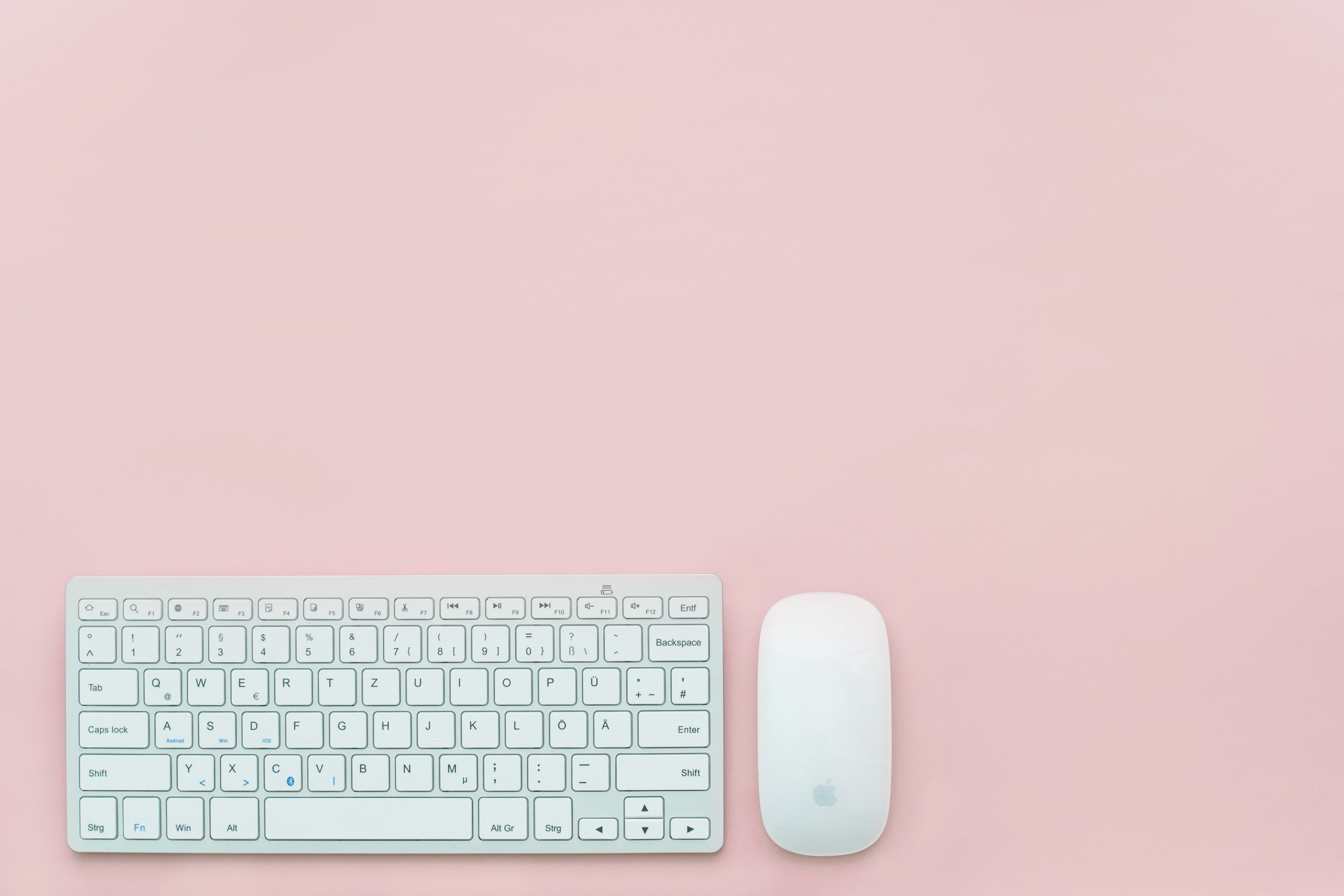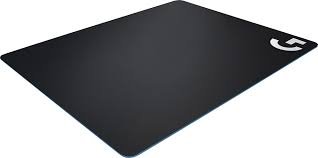Breakdown of the Mouse
For the final installment of our equipment series, we examine the mouse and its contribution to musculoskeletal injuries. In our previous post, we covered keyboard ergonomics. So, if you missed it, you can check it out here.
The mouse portion in the keyboard/mouse dynamic duo has much more positional variation than the keyboard. The mouse has numerous grips, different designs, problematic placement, and different movement patterns based on the use scenario.
Positioning
Photo credit: Principle Four Osteopathy
The positioning of the mouse is essential for minimizing wrist pain but also positional force through the arm and into the shoulder complex. Therefore, we want to have the mouse in a neutral position directly in front of the shoulder.
Favoring medial or lateral deviation can cause muscle tightness in the internal and external rotators of the shoulder. Forward or kicking the mouse out will cause poor shoulder blade mechanics, manifesting in the form of neck and mid-back pain as the day progresses.
In a perfect world, your wrist would return to a neutral position shortly after a sudden movement, but as we all know, that's not realistic.
The arm should also make a 90-degree angle or as close to it as possible. Your reach shouldn't be overextended (>90 degrees), which can cause tension within the nerves that run from the neck to the wrist.
Grip Types
Photo credit: Electronics Hub
Next, we come to grips……with different mouse grips (see what I did there).
Claw grip- A high-arched hand off the mouse with high-arched fingers. This is by far the worst grip of the three. The high arching of the hand puts significant stress on the muscles of the hand/fingers, causing cramping with prolonged gaming.
Fingertip grip- The hand is still arched, and there is a noticeable gap between the hand and the mouse. This grip still strains the hand's small muscles, but better than the claw grip (not by much). This is the grip I'm guilty of using when I play League of Legends.
Palm grip- This grip is the most neutral and puts the least amount of stress on the hand for prolonged periods of computer work. The hand rests on the mouse as intended, with fingers doing the same. The fit of the mouse within your hand is crucial here.
Buying A Mouse
The mouse should fit the entirety of the hand. Cheaper mice are notorious for being smaller than they should be. If you have large hands and a small mouse, your hand positioning is automatically put in the worst two positions mentioned above.
If you are like most people, you want the fingertips depressing the right/left click and not the middle portions of the fingers. With any job you perform, it's crucial to have the right tools. The same is true for computer work and gaming.
If you play shooter-style games, you’ll need a mouse that has an excellent optic sensor for precision, a wide range DPI (dots per inch is the correlation between the amount of dots or pixels you move the mouse and the amount it will move on screen) and minimal side buttons.
If you are a MOBA/MMO player, you will want a mouse with a decent amount of programmable keys on the side for hotkey binding.
If you are using a particular mouse for office work only then I would recommend a simple mouse that fits your hand well. No frills, lightweight; test it out in-store to ensure it fits your hand correctly.
I use the Razer Deathadder for playing PC and for my office work. It's simple, smooth, and fits my large Skeletor fingers perfectly. If you are upgrading your current mouse to a new one, be aware that it will take some getting used to. Adjust to the mouse over the course of the work week, but if it continues to make your hands sore, you may need to return it.
Logitech also makes some wonderful ergonomically sound mice for all uses.
Mouse Pad
The last little tidbit for upgrading your mouse setup is getting yourself a large mouse pad. I find that since I upgraded to a large Steelseries pad, I would never go back to those annoying round ones.
Some people skip the pad altogether, which is a terrible idea. With a quality mouse pad, the mouse moves smoothly and requires less force to move. Using a mouse pad prevents muscles in the hand/forearm from fatiguing when playing longer sessions of video games or work sessions.
Warm it Up
Finally, I would add the importance of a warm-up before beginning any gaming session or starting your work day. Simple dynamic and static stretches are crucial for prepping your soft tissues and mentally priming yourself. Click the link below
Here is the Cleveland Clinic article we worked on.
That wraps it up for the mouse section and the entire equipment walkthrough portion of the blog. Make sure you check out our previous equipment posts.
Game On,
Dr. Drew







